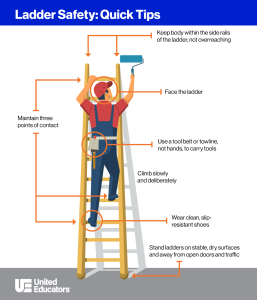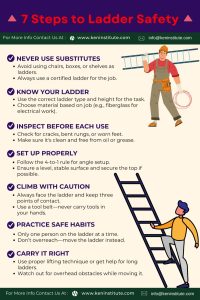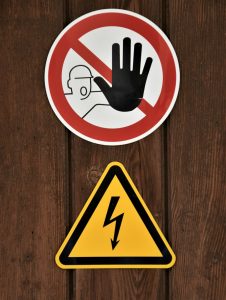When it comes to working with electricity, one rule stands above all others. Knowing this rule can protect you from serious injury or even save your life.
You might think you already know it, but understanding the most important rule of electrical safety in the right way can make all the difference. Keep reading, because what you learn here could change how you handle electrical tasks forever—and keep you and your loved ones safe.

Credit: www.ishn.com
Key Electrical Hazards
Electrical hazards can cause serious harm at home and work. Knowing these dangers helps you stay safe. Hazards often come from poor wiring, damaged tools, or wet conditions. Awareness of risks prevents accidents and injuries.
Common Risks At Home And Work
- Exposed wires that can cause shocks
- Overloaded outlets leading to overheating
- Faulty appliances with damaged cords
- Wet areas near electrical devices
- Improper use of extension cords
These risks appear in many places. Both homes and workplaces have electrical dangers. Identifying them early reduces chances of accidents.
Effects Of Electric Shock
Electric shock affects the body in many ways. It can cause burns, muscle pain, or nerve damage. In severe cases, shocks stop the heart or cause breathing problems.
Even mild shocks can cause falls or injuries. Knowing how shocks impact health stresses the need for caution.
Fire Hazards From Electrical Faults
Electrical faults often cause fires. Overloaded circuits and old wiring create heat that sparks flames. Fires spread quickly and destroy property.
Using safe wiring and checking devices regularly lowers fire risk. Fire safety saves lives and protects homes.
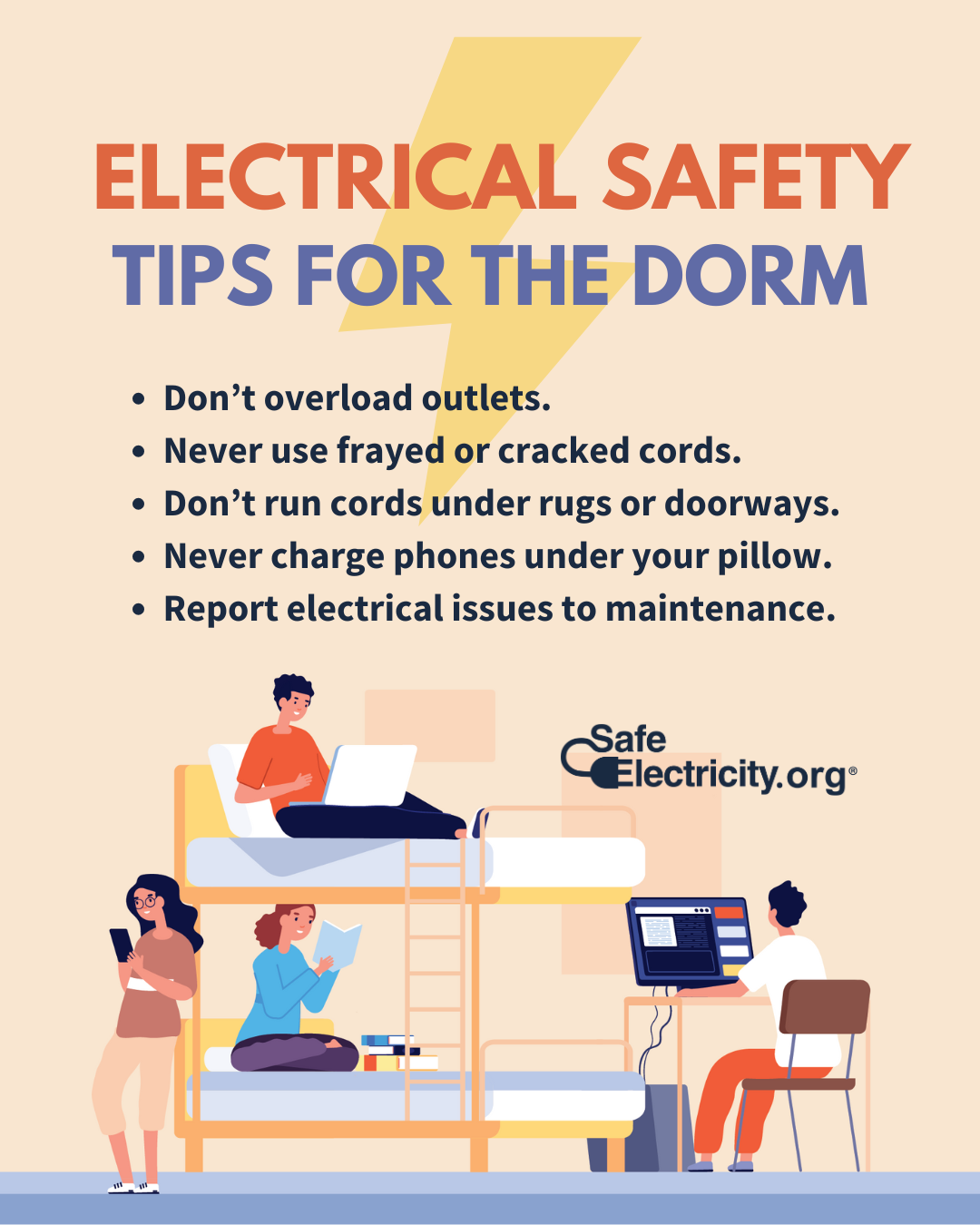
Credit: www.jrec.com
Essential Safety Gear
Essential safety gear protects workers from electrical hazards. It reduces the risk of shocks, burns, and other injuries. Wearing the right gear is crucial for staying safe around electricity. This gear acts as a barrier between you and dangerous electrical currents. Always choose equipment that meets safety standards and fits well. Proper maintenance of this gear ensures its effectiveness over time.
Insulated Gloves And Boots
Insulated gloves prevent electric shocks by blocking current flow. They are made from rubber or other non-conductive materials. These gloves must be checked regularly for holes or wear. Insulated boots offer similar protection for your feet. They keep you from grounding electrical circuits through your body. Wearing both gloves and boots is essential in high-risk areas.
Use Of Safety Goggles
Safety goggles shield your eyes from sparks and flying debris. Electrical work can cause unexpected bursts or arcs. Goggles protect your vision from these hazards. Choose goggles that fit snugly and do not fog up easily. Clear vision helps you work accurately and safely.
Role Of Protective Clothing
Protective clothing resists fire and electrical arcs. It covers your body to prevent burns and injuries. Materials like flame-resistant fabrics are best for electrical work. Loose clothing can catch on equipment, so wear fitted clothes. Regular inspection of clothing keeps it reliable and safe to use.
Safe Work Practices
Electrical safety begins with adopting safe work practices. These practices protect you from accidents and ensure a secure working environment. They are essential for anyone handling electrical systems or devices. Below are some key practices to follow.
Turning Off Power Sources
Always turn off the power before starting any electrical work. Use a tester to confirm the power is off. Never assume a circuit is safe without checking. Label the circuit breaker to prevent accidental reactivation. This step reduces the risk of electric shock.
Using Tools Correctly
Use tools designed for electrical work to ensure safety. Insulated tools prevent accidental contact with live wires. Check tools for damage before use. Broken tools can expose you to hazards. Store tools properly to avoid wear and tear.
Avoiding Wet Conditions
Never work with electricity in wet or damp areas. Water increases the risk of electric shock. Ensure the workspace is dry before starting any task. Wear rubber-soled shoes for added protection. Keep electrical equipment away from water sources.
Electrical Equipment Maintenance
Electrical equipment maintenance is vital for safe use and long-term reliability. Proper care helps prevent accidents and costly repairs. Regular upkeep keeps devices working efficiently and reduces fire risks. It also protects users from electrical shocks and hazards.
Regular Inspections
Frequent checks reveal wear and tear early. Look for signs of damage, such as cracks, corrosion, or loose parts. Inspect plugs, cords, and switches carefully. Use a checklist to ensure no part is missed during inspection. Record findings and fix issues immediately to avoid accidents.
Identifying Faulty Wiring
Damaged wiring can cause short circuits or fires. Watch for frayed wires, exposed conductors, or burn marks. Test connections with proper tools to confirm safety. Replace any wiring that looks old or unsafe. Proper wiring prevents shocks and equipment failure.
Proper Storage Of Devices
Store electrical devices in dry, cool places away from dust. Avoid stacking heavy objects on cords or equipment. Use protective covers to keep devices clean and safe. Organize cables to prevent tangling and damage. Good storage prolongs equipment life and reduces hazards.
Emergency Procedures
Electrical emergencies can happen without warning, making preparation essential. Knowing how to respond promptly can save lives and prevent injuries. This section covers key emergency procedures to handle electrical accidents effectively.
Responding To Electric Shock
Stay calm and assess the situation quickly. Do not touch the victim if they are still in contact with the electrical source. Turn off the power supply immediately or unplug the device causing the shock. If this is not possible, use a non-conductive object, like wood or plastic, to separate the victim from the source. Always prioritize your safety before attempting to help.
First Aid Tips
Check the victim’s breathing and pulse after removing them from the electrical source. If they are unresponsive, start CPR if you are trained to do so. Treat visible burns by covering them with a clean, dry cloth. Avoid using ointments or breaking blisters. Keep the victim warm and comfortable until help arrives. Do not move them unless they are in immediate danger.
Calling For Professional Help
Contact emergency services immediately for electric shock incidents, even for minor injuries. Provide clear information about the situation, including the victim’s condition and location. Follow any instructions given by the operator while awaiting their arrival. Professional medical evaluation is crucial, as internal injuries may not be visible right away.
Training And Awareness
Training and awareness are the backbone of electrical safety. Without proper knowledge and alertness, even the simplest tasks can lead to serious accidents. Your ability to identify risks and respond correctly depends heavily on the quality of your training and your ongoing awareness.
Importance Of Safety Training
Effective safety training equips you with the right skills to handle electrical equipment safely. It covers essential topics like proper use of tools, personal protective equipment, and emergency procedures.
Training is not a one-time event. Regular refreshers help keep you updated on the latest safety standards and technologies. Have you ever found yourself unsure about a safety step because you missed a training session?
Recognizing Warning Signs
Knowing what warning signs to look for can prevent dangerous situations before they escalate. These signs include unusual noises, sparks, burnt smells, or damaged cables.
Awareness means paying attention to these subtle cues and acting immediately. Have you noticed a frayed wire but thought it wasn’t urgent? Ignoring these signs puts you and others at risk.
Promoting A Safety Culture
A safety culture starts with you and spreads to your entire team. Encourage open communication about safety concerns and share your knowledge freely.
When everyone feels responsible for safety, accidents drop dramatically. What steps can you take today to make your workplace safer for everyone?
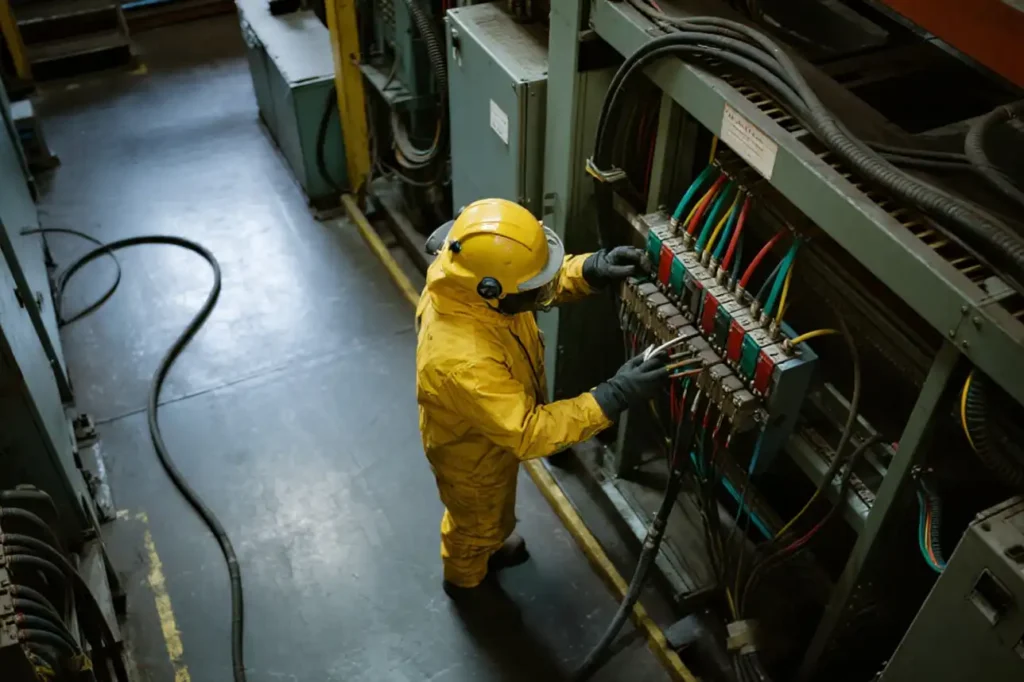
Credit: www.onesto-ep.com
Frequently Asked Questions
What Is The Golden Rule Of Electrical Safety?
The golden rule of electrical safety is to always turn off the power before working on electrical systems. This prevents shocks.
Why Should You Avoid Touching Live Wires?
Touching live wires can cause severe electrical shocks or burns. Always use insulated tools and avoid direct contact.
How Can Grounding Improve Electrical Safety?
Grounding redirects excess electricity safely to the earth. It prevents shocks and protects electrical devices from damage.
What Is The Importance Of Using Insulated Tools?
Insulated tools protect you from electrical shocks while working. They provide a barrier between you and live currents.
Conclusion
Electrical safety starts with respect and caution. Always treat electricity as dangerous. Never ignore safety rules, no matter how small. Simple steps can prevent serious accidents. Stay alert and use proper tools. Keep water and electricity apart. Regular checks help find hidden risks.
Protect yourself and others by following rules. Safety is a habit, not a choice. Remember, staying safe keeps homes and lives secure.



